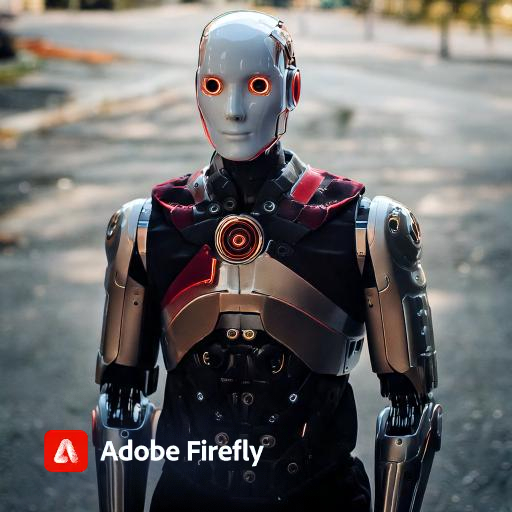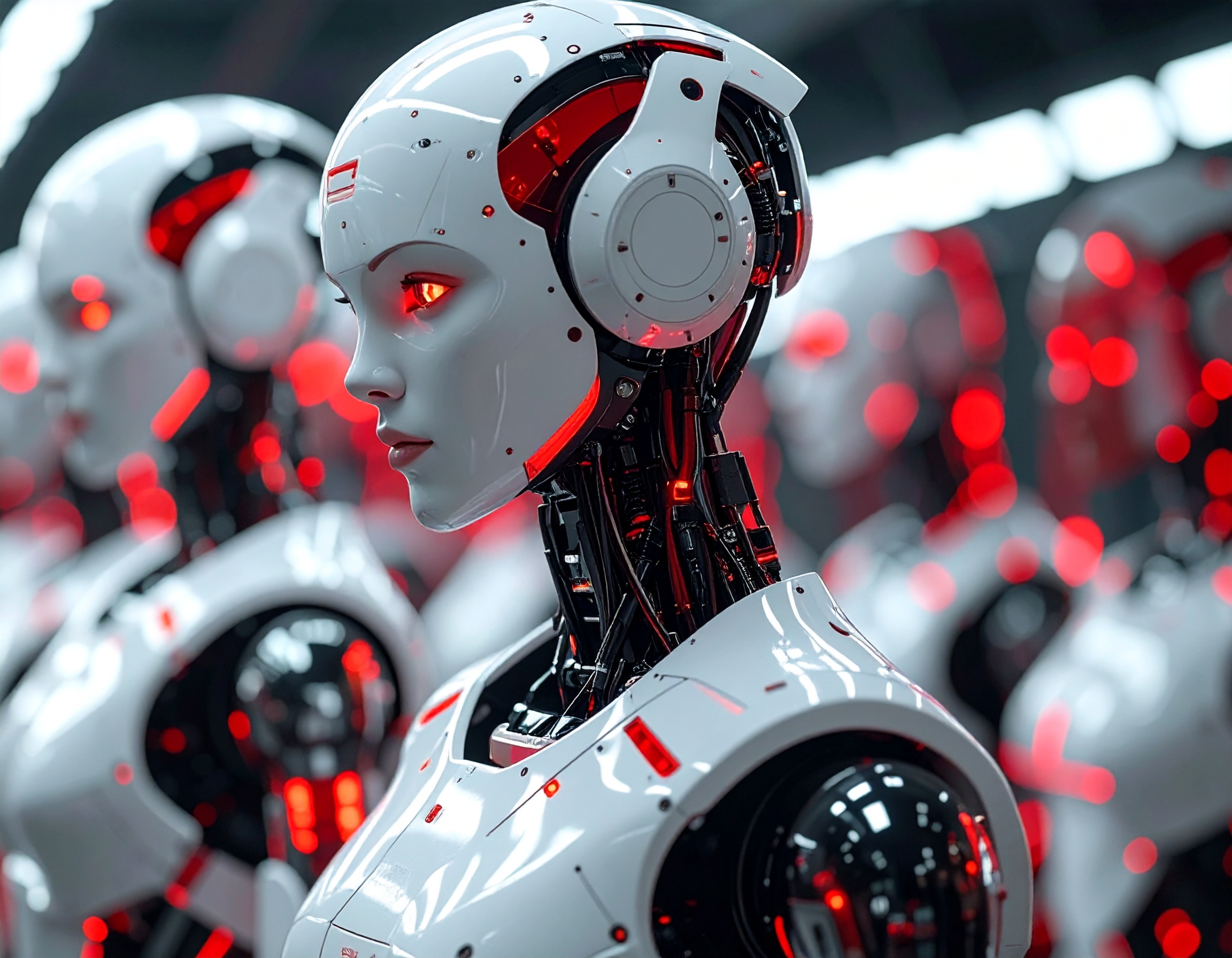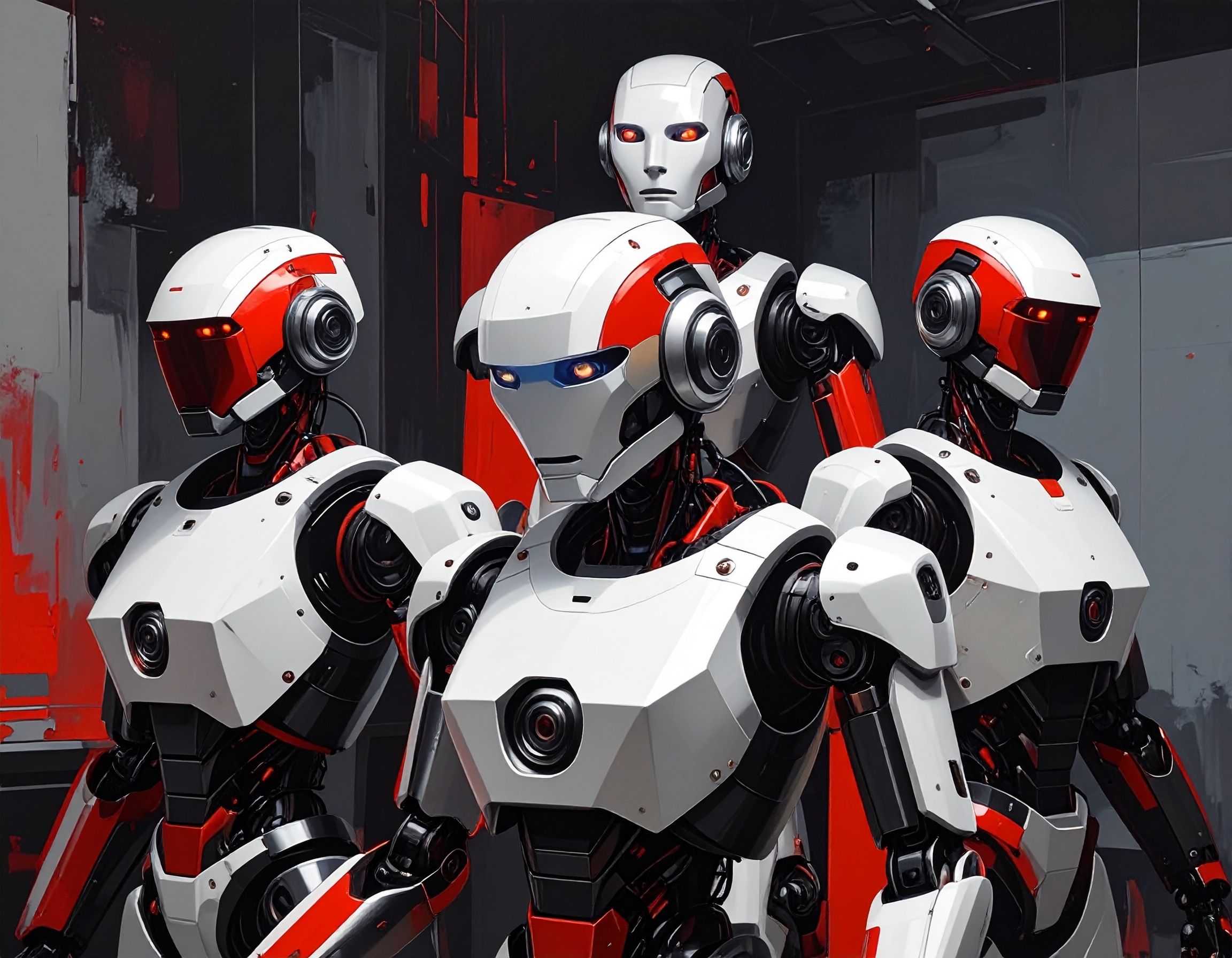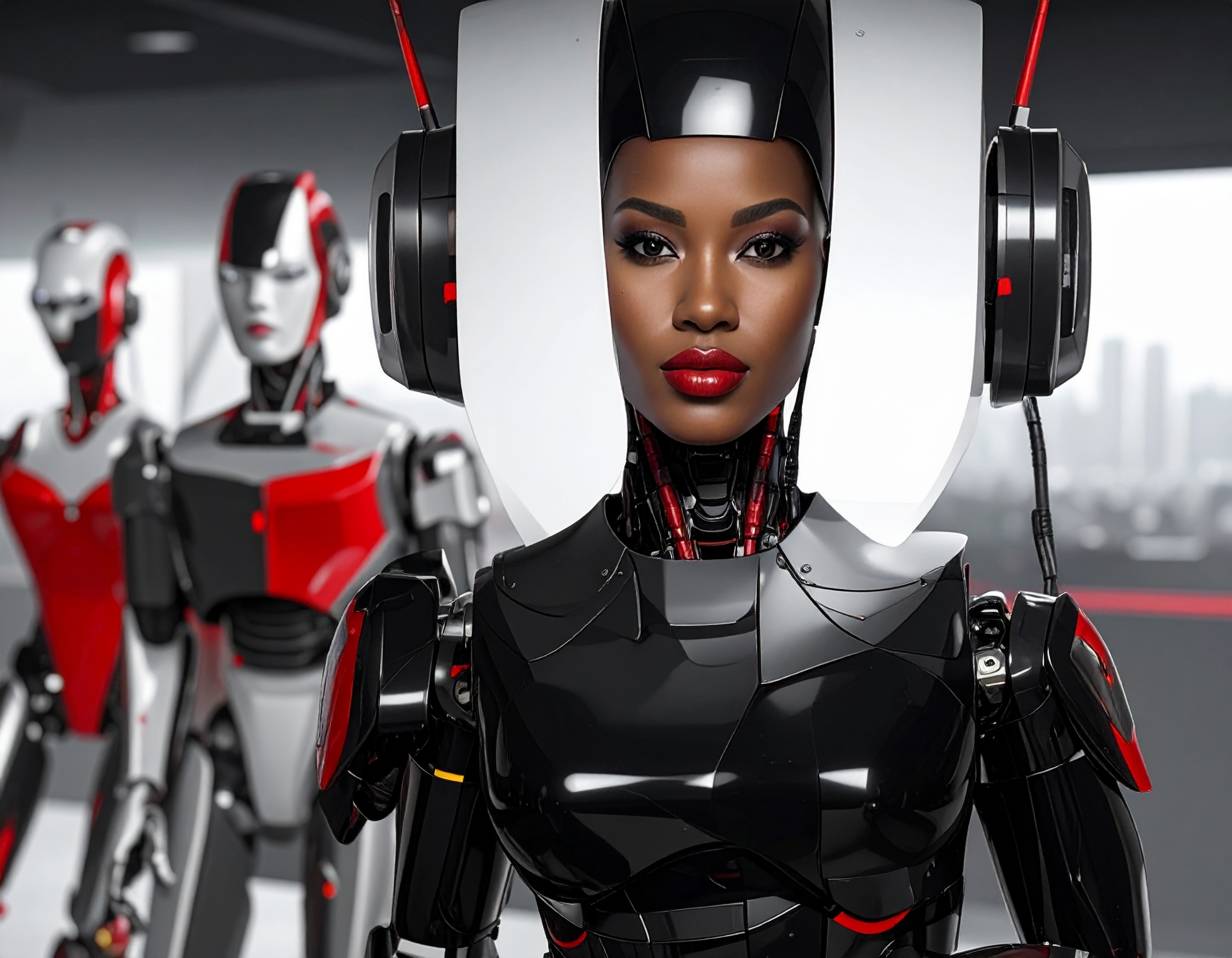Can Robots Truly See Like Humans: Insights from CIIE 2024

In November 2024, the China International Import Expo (CIIE) showcased cutting-edge advancements in robotics and artificial intelligence (AI). One standout theme was the ability of AI-driven Intelligent Agents to process visual information in a manner akin to human perception. This marked a significant step forward in how Digital Employees and Non-Human Workers could integrate into complex tasks traditionally requiring human-level observation.
These robots' sophisticated vision systems were modeled on human neural mechanisms, enabling them to analyze visual input, detect subtle changes, and make decisions based on real-time information. This development holds substantial importance, especially for sectors where precise visual analysis is essential, such as quality control in manufacturing and autonomous navigation. The showcase featured evidence of how these Intelligent Agents could be adapted for varied environments, from urban settings to industrial zones, broadening the scope of their utility.
The implications of robots "seeing" like humans extend beyond technical prowess; they represent a shift toward more adaptive and intuitive robotic systems. For instance, advanced machine learning algorithms allow these systems to process visual data similarly to human brain functions. This capability could redefine industries by enhancing productivity, reducing human error, and improving safety in environments that pose risks to human workers.
In summary, the 2024 CIIE served as a platform to spotlight the future of AI vision technology, underscoring its potential to transform work across multiple domains. The event emphasized how this evolution could make Digital Employees more versatile, paving the way for broader applications and more seamless human-robot interactions.
Key Highlights:
- Event Timing: Took place in November 2024 at the China International Import Expo (CIIE).
- Main Focus: Robots with AI vision systems designed to see and interpret visual data like humans.
- Technological Advances:
- Vision systems modeled on human neural processes.
- Ability to analyze visual input, detect changes, and make real-time decisions.
- Applications:
- Essential for fields like manufacturing quality control and autonomous navigation.
- Expanded use in urban and industrial settings.
- Importance:
- Enhances productivity, reduces human error, and increases safety.
- Represents a move toward adaptive, intuitive Intelligent Agents.
- Potential Impact: Makes Digital Employees more capable of seamless integration into varied work environments.
- Relevance: Signals a shift towards smarter, more efficient Non-Human Workers with human-like perception abilities.
Reference:
https://news.cgtn.com/news/2024-11-09/Robots-at-CIIE-Can-AI-see-like-humans--1youIejq4hO/p.html


